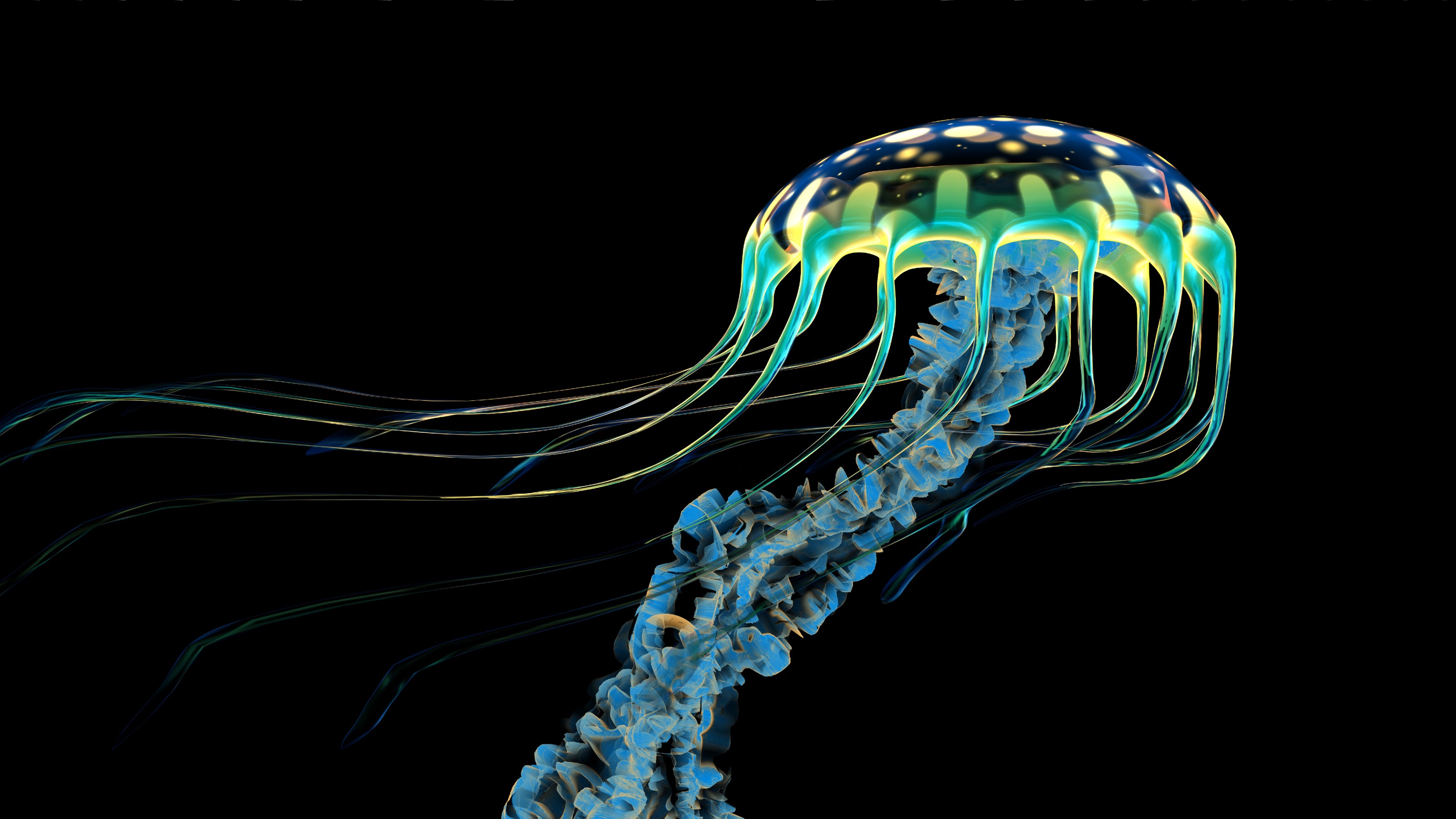Smithsonian report reveals an unexplored underwater ‘twilight zone’

If you’re fascinated by the diversity of life in Earth’s oceans, you’re probably aware of the aphotic (Greek for “without light”) or “midnight” zone, an underwater region beyond the reach of light. Submersibles diving far deeper than we can have regularly revealed a dazzling array of weird creatures down there, like giant tube worms. You may also know about the mesophotic (“middle light”) layer of the sea, from about 40 meters to 150 meters down, where corals live. There’s been little exploration, though, beyond the lower dark edges of the mesophotic: Corals dependent on light can’t live there, it’s too deep for divers, and submersibles are expensive. It’s as if the sea drops straight down to the aphotic. Now, though, a new report from the Smithsonian describes a region from about 130 meters to 309 meters beneath the surface that’s teeming with unique life. The report proposes calling this layer the “rariphotic” (“scarce light”) region. It’s, yes, the twilight zone. (The researchers also suggest the lighter, shallow region atop the mesophotic be called the “altiphotic” from here on.)

(C.C. Baldwin, et al)
The report comes after a six-year study by a team of three Smithsonian researchers—C.C. Baldwin, L. Tornabene, and D. R. Robertson—of a single area off Curaçao Island in the Caribbean. The team’s manned submersible made 80 dives exploring from 40 to 309 meters underwater. They recorded 4,436 fish and unambiguously identified 71 reef-fish species, including 30 new ones. Their analysis of the data revealed, “strong faunal breaks along the depth gradient that clearly point to the existence of a faunal zone immediately below the mesophotic that extends down to at least 309 m and that is home to a unique reef-fish fauna.”
The distribution of species the researchers documented breaks down this way, with the altiphotic/mesophotic inhabitants in yellow, the aphotic in purple, and the species unique to the rariphotic in green.

The report also includes photos of six rariphotic species.






